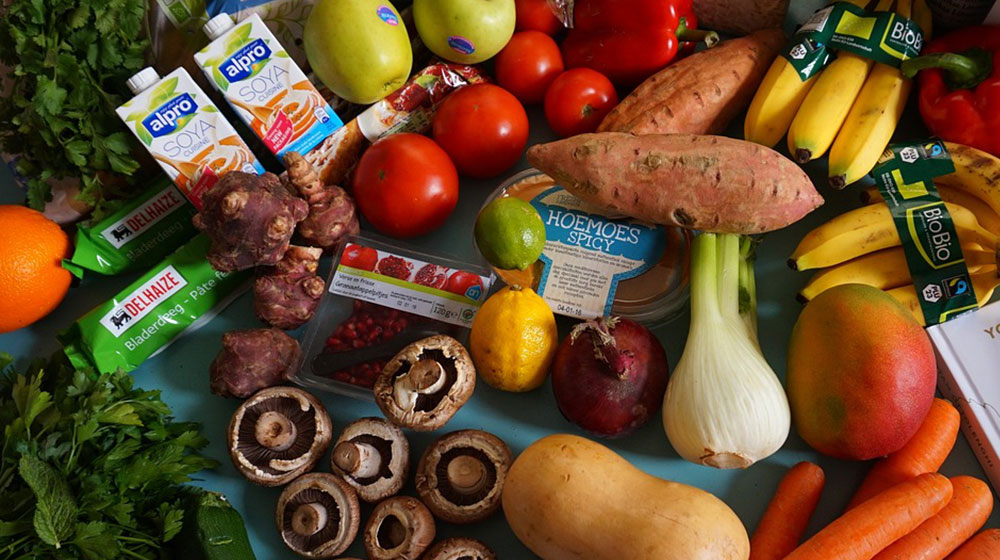Support for Families: School Meals & WIC

For many families, providing nutritious meals for their children can be a financial challenge. Fortunately, there are government programs designed to help ensure children receive the healthy food they need both at home and at school. Two of the most impactful programs available to support families are the National School Lunch Program (NSLP) and Special Supplemental Nutrition Program for Women, Infants, and Children (WIC). These initiatives help provide access to affordable meals, improve nutrition, and support the overall well-being of children and families across the country.
In this guide, we’ll explore how the School Meals program and WIC work, who qualifies, and how to access these valuable resources.
School Meals: Ensuring Children Are Nourished During the School Day
The National School Lunch Program (NSLP) and the School Breakfast Program (SBP) provide low-cost or free meals to millions of children each day. These programs are designed to make sure students have access to healthy, balanced meals during the school day, which supports their academic performance, physical development, and overall well-being.
Key Benefits of School Meals:
Free or reduced-cost lunches are available to qualifying students, based on household income levels.
Meals meet federal nutrition standards, ensuring children get the proper balance of fruits, vegetables, proteins, grains, and dairy.
In some schools, breakfast is also offered, providing children with a nutritious start to their day.
How to Qualify for Free or Reduced-Price Meals:
Eligibility for school meal assistance is determined by household income. The general guidelines for qualification include:
Free meals: Available to families earning up to 130% of the federal poverty level (FPL).
Reduced-price meals: Available to families earning between 130% and 185% of the FPL.
For a family of four, for example, the income limit for free meals is approximately $39,000, while the limit for reduced-price meals is around $55,000, though these figures can change annually.
How to Apply:
School Enrollment: At the start of each school year, schools typically send home applications for free or reduced-price meals. If you don’t receive one, you can request an application from the school office at any time.
Online Application: Some school districts offer online portals for meal program applications.
Direct Certification: Families that receive benefits like SNAP or TANF are automatically enrolled in free meal programs through direct certification. You will be notified by the school if your child qualifies this way.
In addition to daily school meals, some districts offer Summer Meal Programs to ensure children continue receiving nutritious food during the summer break.
WIC: Nutritional Support for Women, Infants, and Children
The Special Supplemental Nutrition Program for Women, Infants, and Children (WIC) is another important resource that provides nutritional support to low-income pregnant women, new mothers, and children under the age of five. WIC offers access to healthy foods, nutritional education, breastfeeding support, and referrals to healthcare and social services.
Key Benefits of WIC:
Nutritious food packages: WIC provides access to essential foods like fruits, vegetables, whole grains, milk, cheese, baby formula, and more.
Nutrition education: Participants receive guidance on how to maintain a balanced diet and feed their children healthily.
Breastfeeding support: WIC offers resources and assistance to breastfeeding mothers, including access to lactation consultants and breast pumps.
Healthcare referrals: WIC helps connect participants with healthcare providers, immunization services, and other necessary support.
How to Qualify for WIC:
To qualify for WIC, participants must meet the following requirements:
Income eligibility: WIC serves low-income pregnant, breastfeeding, and postpartum women, as well as infants and children up to age five. The income limit is typically set at 185% of the federal poverty level.
Nutritional risk: Applicants must also be determined to be at “nutritional risk” by a healthcare professional. This can include risks like anemia, underweight children, or poor dietary habits.
For example, a family of four with an income of less than $55,000 may qualify for WIC benefits.
How to Apply:
WIC clinics: Applications are submitted through local WIC clinics, which are typically housed within health departments, community health centers, or hospitals. Find your nearest clinic by visiting your state’s WIC website or calling your local health department.
Documentation: You will need to provide income verification, proof of residency, and information about your pregnancy or your child’s nutritional needs.
Appointments: An appointment is usually required where a WIC health professional will assess the nutritional risk and guide you through the benefits available.
Combining School Meals and WIC for Comprehensive Support
Many families benefit from both the school meals program and WIC, ensuring that their children are well-nourished both at home and at school. For example, infants and toddlers who qualify for WIC often transition into the school meals program once they enter kindergarten, allowing families to receive nutritional support throughout their child’s early years.
By combining these two programs, families can access essential resources, including education on healthy eating and the means to provide balanced meals for their children—both critical factors in promoting physical and mental development.
Access to nutritious food is a fundamental need for children’s health and development, but many families struggle with the cost of providing balanced meals. The School Meals program and WIC offer vital support, making it easier for low-income families to access healthy food for their children. These programs not only ease the financial burden but also ensure that children receive the nourishment they need to thrive, both in school and at home.
If you’re eligible, applying for these programs is simple, and the benefits can have a lasting impact on your family’s well-being. Take advantage of these resources to help give your children the healthy start they deserve.







